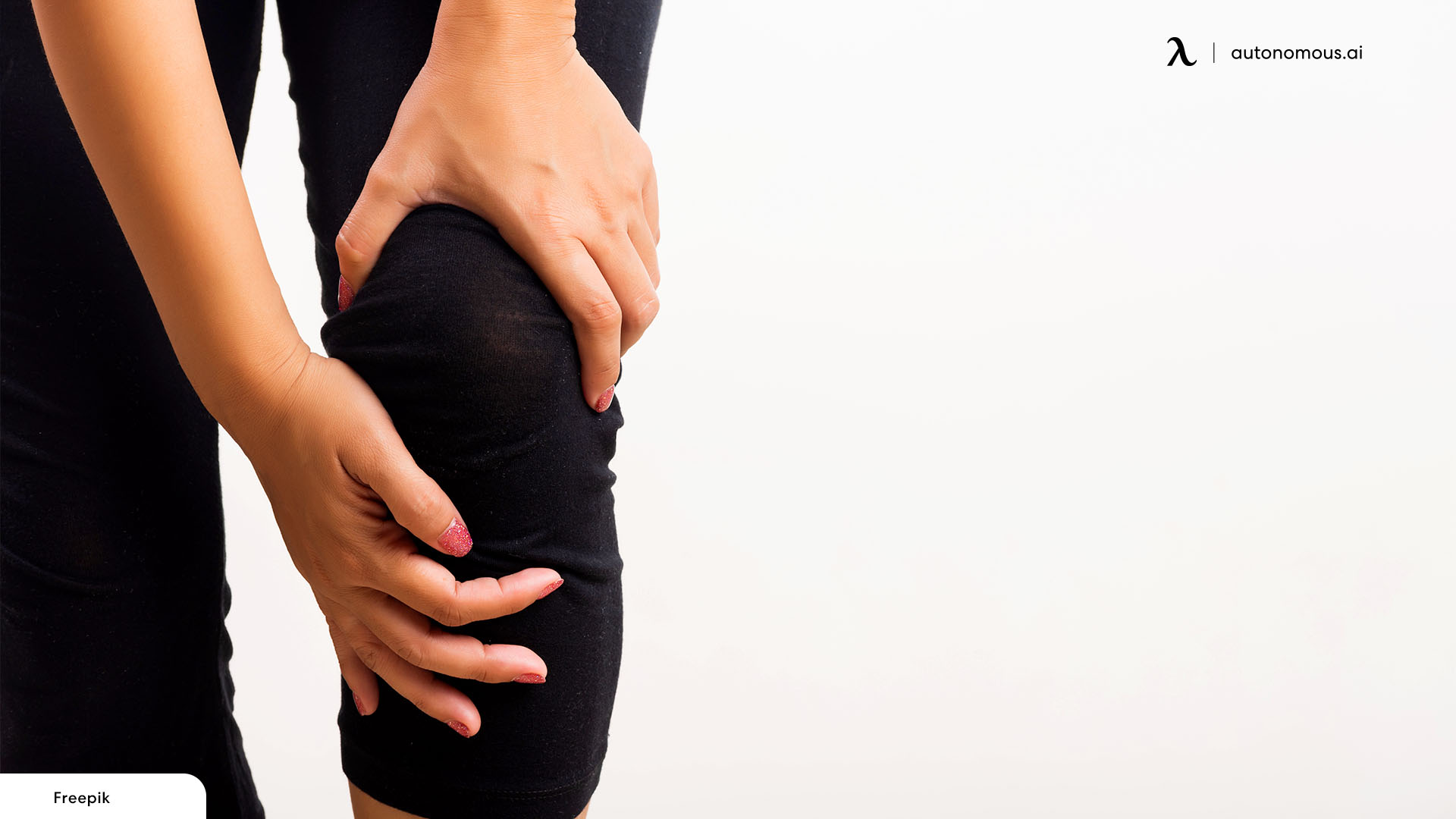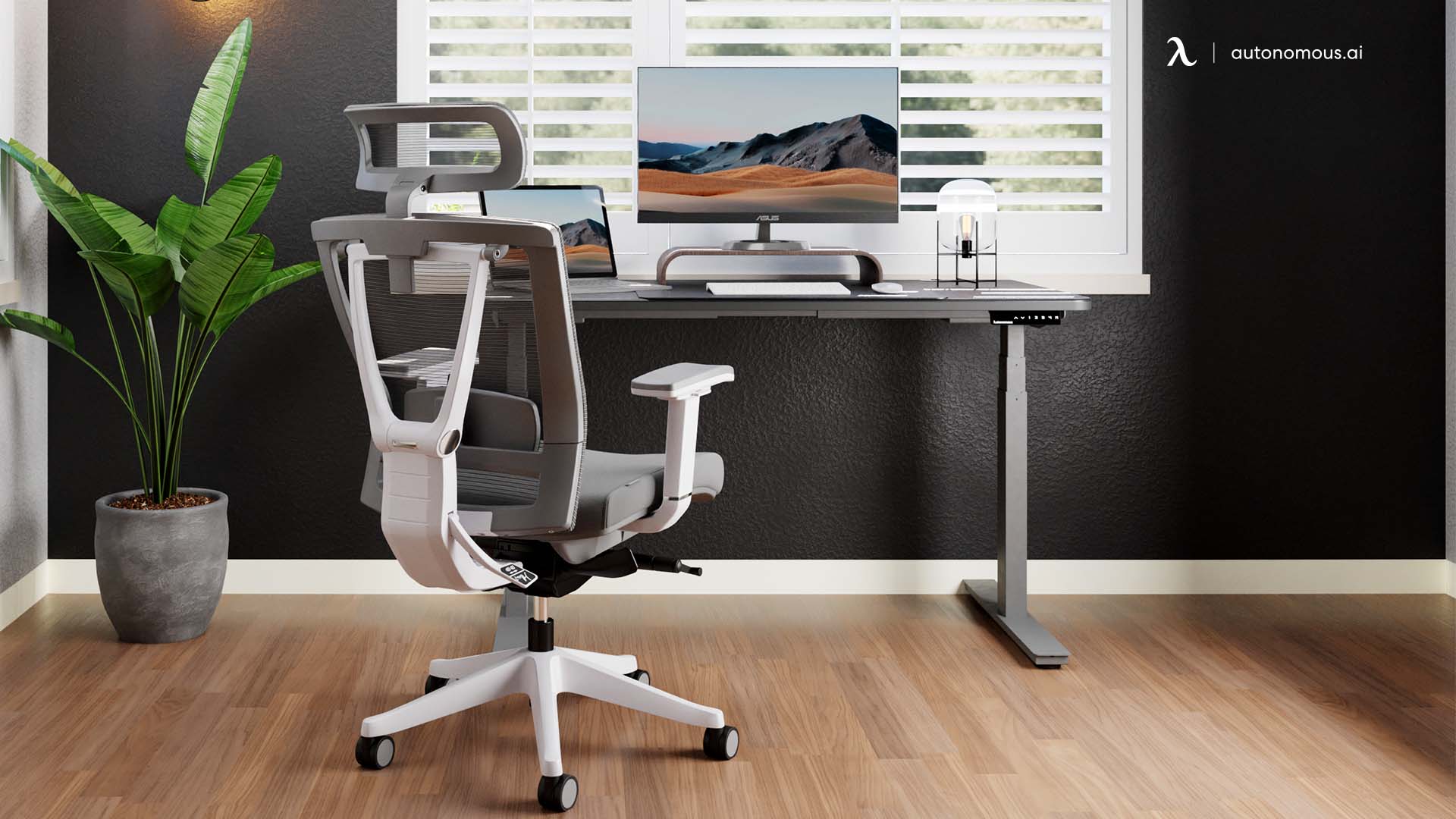/https://storage.googleapis.com/s3-autonomous-upgrade-3/static/upload/images/new_post/standing-all-day-at-work-its-affect-3892-1643379149053.jpg)
Standing All Day at Work: Will It Affect Your Health?
Working at a desk can be harmful to health, but functioning on your foot can be just as bad. A study found that standing all day at work or for 5 hours- straight prolonged standing per day causes considerable and sustained lower-limb muscular exhaustion. Long-term spinal discomfort and orthopedic diseases may result as a consequence of this.
It is unfortunate news for the thousands of bank staff, shop workers, manufacturing line employees, as well as other people who keep standing on their feet all day to make a living. Nearly half of all employees spend over 3 quarters of their workweek standing upright, according to the researchers involved. And inactivity is harmful to your health, according to countless studies. It is frequently caused by sitting at an office desk the whole day, barely getting up and walking, and not getting regular exercise in spare time.
As a result, science has begun to address the difficulties linked with harmful office lives, most prominently with standing for a long period of time. Nevertheless, extended standing (defined as standing for some more than 60 percent of your shift) does have its own set of health hazards, including:
- Leg and pain in the lower back
- Cardiac complications
- Exhaustion
- Soreness
- Varicose veins are a type of vein that runs through the body.
The Negative Effects of Standing for Prolonged Periods
Standing is a common human position that provides no health hazards in and of itself unless you have a home standing desk. However, working in a standing posture on a constant schedule, on the other hand, might result in various standing too long symptoms such as foot pain, leg inflammation, peripheral arterial disease, overall muscular weariness, low back discomfort, neck and shoulders tightness, and other health issues. These are common concerns amongst salespeople, maintenance workers, construction employees, and other professionals who stand for long periods.
Keeping your body in a vertical position necessitates much muscular work. The blood circulation to the burdened muscles is effectively reduced when you stand. Inadequate blood flow hastens the development of weariness and produces discomfort in the legs, spine, and vertebral column. Not only will the employee experience muscle strain, but he or she also experiences other unpleasantness.

Blood pools in the feet and ankles result from long-term and recurrent standing even without any respite from walking. When you stand for long periods, your veins can get inflamed. Varicose veins could become persistent and excruciating as a result of this irritation. Prolonged standing also induces temporary immobilization or locking of the vertebrae, hips, kneecap, and feet bones. Due to progressive deterioration to the muscles and tendons, this stiffness can subsequently lead to arthritic illnesses.
So, Should You Sit All Day at Work?
It is undeniable that working while you stand can pose some serious health hazards, but it is also important to notice that sitting for prolonged hours also does not benefit human health. Every hour usually spent sitting or reclining raises the risk of metabolic issues and developing type 2 diabetes.
However, getting up and exercising throughout those unproductive hours is a simple strategy to increase sensitivity to insulin and lower your likelihood of developing chronic diseases, such as a collection of diseases that can lead to cardiovascular disease, diabetes, strokes, and other diseases. Disrupting an unhealthy life has several biological benefits. Therefore, getting up and moving throughout the day is good.
A 3-minute increase in physical activity every thirty minutes may lead to a slight upgrade in sugar levels and blood glucose swings. The quest for a minimal optimal dose of regular movement that provides a considerable metabolic advantage is an excellent contribution to this concern. More exercise is preferable, but such a trial helps equalize the advantages of movement by demonstrating the unambiguous benefits of a degree that practically anybody can reach.

Here are some more issues associated with sitting all day long:
- It is harmful to our hearts as it can fuel cardiovascular diseases
- It can lessen the longevity of human life as you won't remain active enough
- People who tend to sit might as well get dementia in the future
- It can make us immensely lazy
- It boosts weight gain and obesity
- It can cause many individuals to get anxious
- It can cause immense back pain
- And lastly, it can also risk cancer.
What You Should Do Instead
In a well-equipped workplace, employees have the option of selecting from several well-balanced occupations and switching between them regularly.
Movable desks and chairs should be used in the workplace, such as an L-shaped standing desk, office standing desk, ergonomic office chair and a reclining ergonomic chair. The ability to vary the operating height is crucial for matching the workspace to the employee's specific body type and job. Ergonomic design such as a sit-stand desk ensures that the individual can do tasks in well-balanced bodily configurations. Stands to lift the shorter employee or ledges on top of desks for the taller employee should be addressed if you cannot change the desk.
Another essential issue is the organization of the work area. There ought to be sufficient space to move about and change positions. The worker can change body mass from one limb to another by using installed foot supports or transportable footrests. For detailed work, elbow braces can assist relieve strain in the higher neck and arms. Buttons and equipment should be placed so that the employee can access them without bending or twisting.

A seat should indeed be supplied where feasible so that the employee can accomplish the job whether sitting or standing, and they should not only be standing all day at work. The worker must always be seated in an appropriate position for the task being performed. Even though the job needs only standing, they should provide a chair sometimes to enable the employee to sit. Office seats increase the set of alternative body postures and allow workers more mobility.
Increased flexibility and a wider range of body postures have two advantages. The quantity of muscles associated with the job is doubled, resulting in a more even dispersion of stresses across the body. As a result, the specific tendons and joints needed to preserve the upright position are put under less effort. The blood flow to the functioning muscles is also improved by changing body positions. Both of these benefits help to reduce general weariness.
Subscribe for a 10% discount on your first order.
Sign up for our weekly update and be the first to know about our specials & promotions.


/https://storage.googleapis.com/s3-autonomous-upgrade-3/production/ecm/240409/smartdesk-one-apr-2024-offer-1920x540-CTA.jpg)
/https://storage.googleapis.com/s3-autonomous-upgrade-3/production/ecm/240409/smartdesk-one-apr-2024-offer-720x1200-CTA.jpg)
/https://storage.googleapis.com/s3-autonomous-upgrade-3/production/ecm/240415/bulk-order-apr-2024-offer-720x1200-CTA-min.jpg)
/https://storage.googleapis.com/s3-autonomous-upgrade-3/production/ecm/240415/pod-offer-apr-2024-720x1200-CTA.jpg)
/https://storage.googleapis.com/s3-autonomous-upgrade-3/production/ecm/230905/Untitleddesign.png)